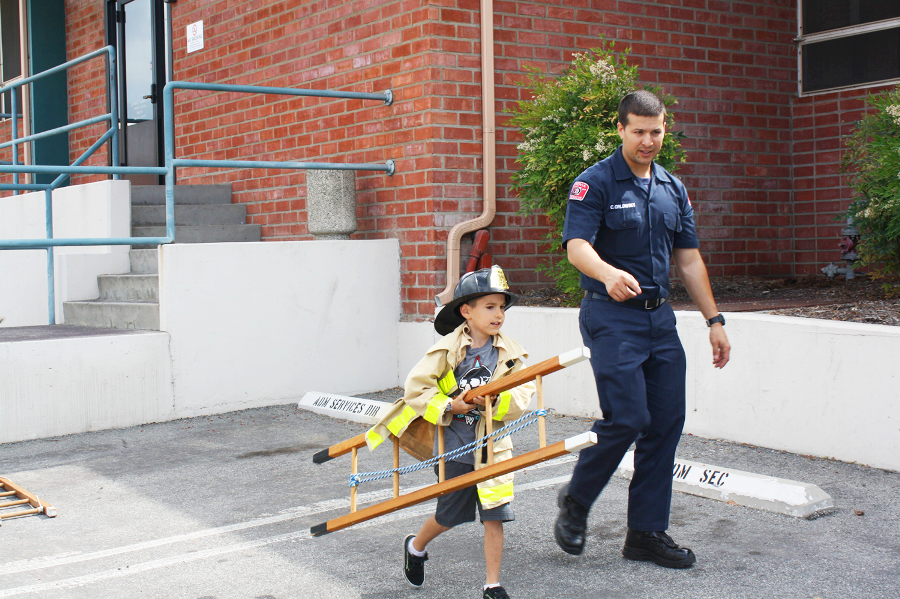
Bullying is defined as the deliberate antagonistic action or the creation of a situation with the intent of inflicting emotional, physical, or psychological distress. The behavior may be a single or repeated act and may be electronic, verbal, physical, psychological, sexual, social, or indirect. Bullying seeks to secure or maintain an imbalance of power between the perpetrator(s) and the target(s) and has a reasonable likelihood of emotional, physical or psychological harm. The harmful effects of bullying may be exacerbated by the interaction of frequency, pervasiveness, and severity of the behavior(s), in addition to the power differential between the perpetrator(s) and target(s).
Hazing is defined as any method of initiation, pre-initiation, or rite of passage associated with actual or desired membership in a student organization or student body, whether or not the organization or body is officially recognized by an educational institution, which is likely to cause serious bodily, injury, personal degradation or disgrace that result in physical or psychological harm. Hazing typically, but not exclusively, involves newer members showing subservience to existing members and shall be reported to the administrator of the school and/or advisor of that student body activity.
Bullying can be manifested in a variety of forms that include, but are not limited to, the following:
- Cyber-Bullying, Electronic Bullying, or Sexting: Use of electronic communication technology to embarrass, humiliate, spread rumors, threaten or intimidate. Sending sexually explicit images, even consensually, may be considered as distribution of child pornography which is a felony. In such instances, students should contact their school principal, counselor or teacher.
- Verbal Bullying: Hurtful gossiping, making rude noises, making threats, name-calling, spreading rumors, or teasing to cause emotional or psychological harm.
- Physical Bullying: The intentional act of beating, biting, fighting, hitting, kicking, poking, punching, pushing, shoving, spitting, or tripping to cause or attempt to cause physical discomfort, injury, or pain.
- Emotional, Psychological, Relational or Social Bullying: The act of blackmailing, defaming, extorting, humiliating, intimidating, isolating, manipulating friendships, ostracizing, rating or ranking personal characteristics, rejecting, or terrorizing.
- Sexualized Bullying: Unwanted or demeaning conduct or comments directed at or about an individual on the basis of actual or perceived gender, sex, sexual behavior, sexual orientation, or other related personal characteristics, with the intention to humiliate. Anti-gay and sexist epithets are forms of sexualized bullying.
- Racial Bullying: Bias based on ancestry, culture, ethnicity, language, nationality, race, religion, or skin color. Intergroup conflict may occur within or between socially constructed subgroups, such as between first- and second-generations of the same ethnic group. Bullying that targets ancestry, culture, ethnicity, language, nationality, race, religion, or skin color may be symptomatic of a larger problem of intergroup conflict, requiring systemic interventions.
- Disability Bullying: The act of treating someone negatively because of actual or perceived disability.
- Nonverbal Bullying: The use of gestures, leering, posting threatening graffiti or graphic images, posturing, stalking, staring, or property destruction to demean, distress, or frighten.
- Indirect Bullying: The use of intimidation to cause physical or psychological harm on a third party. A person who engages in indirect bullying is sometimes referred to as the “instigator” or “shot caller.”






